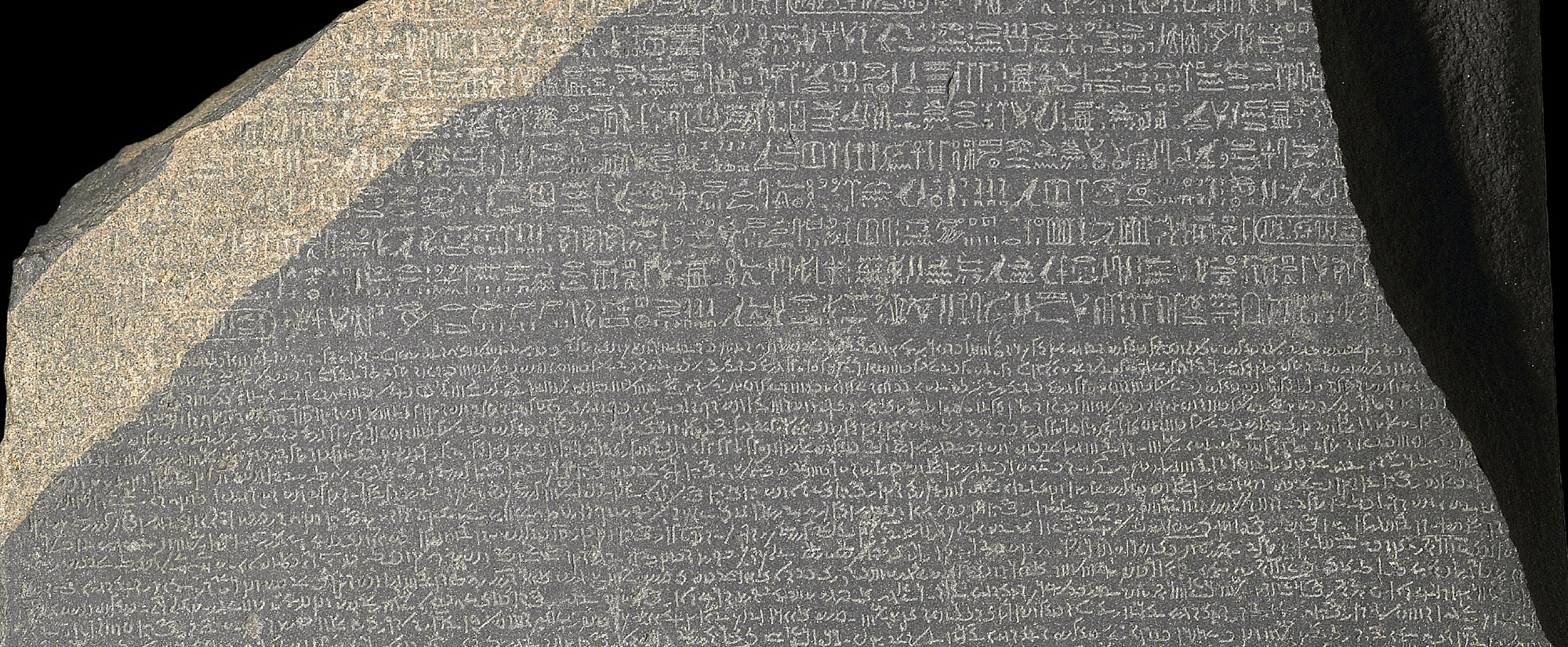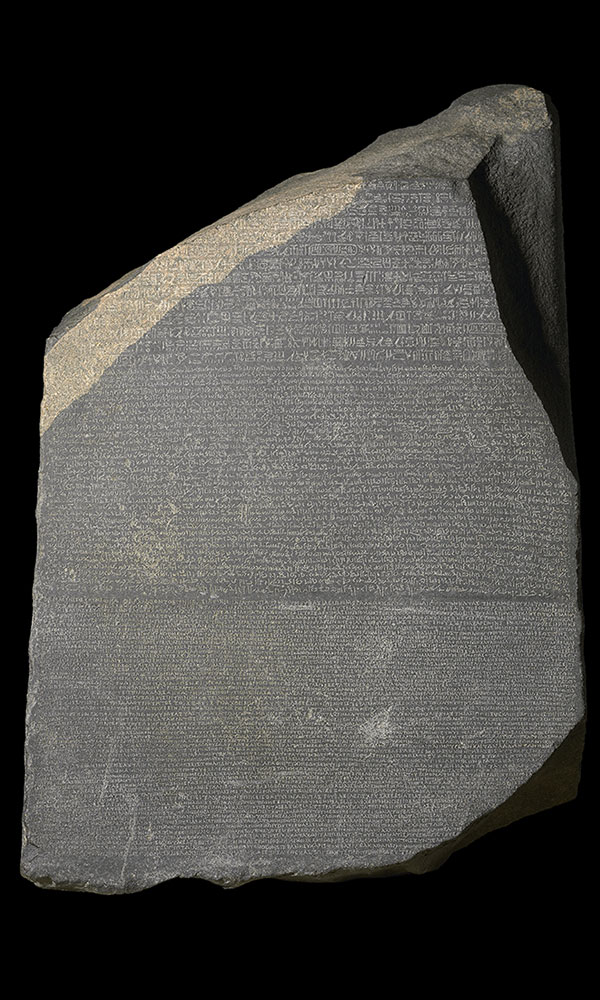IKI, JAPAN—According to a report in the Asahi Shimbun, a small pottery fragment found at the Karakami archaeological site on an island off the coast of Kyushu bears the left half of a kanji character. The piece is thought have been part of a bowl produced in China, and to date to the late Yayoi Pottery Culture period, between 300 B.C. and A.D. 300, making the kanji character, pronounced “shu” in Japanese, one of the oldest to be found on pottery in Japan. The character appears to have been etched onto the surface of the finished bowl with a sharp tool, and may have represented a person’s name. For more, go to “Japan’s Early Anglers.”
Partial Kanji Character Found on Ancient Bowl in Japan
News January 11, 2018
Recommended Articles
Features September/October 2025
Myth of the Golden Dragon
Eclectic artifacts from tombs in northeastern China tell the story of a little-known dynasty
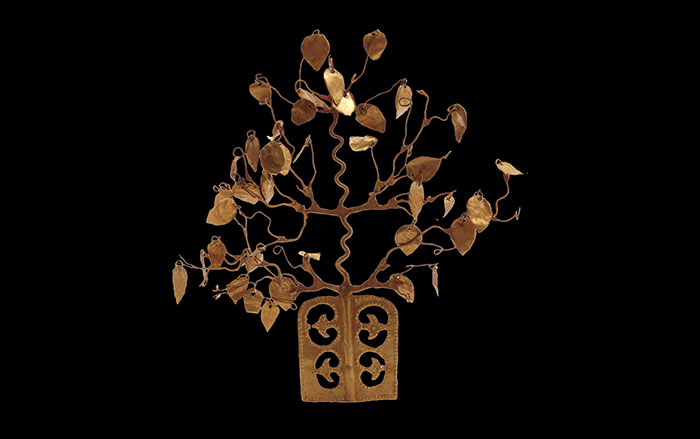
Features May/June 2025
Lost City of the Samurai
Archaeologists rediscover Ichijodani, a formidable stronghold that flourished amid medieval Japan’s brutal power struggles
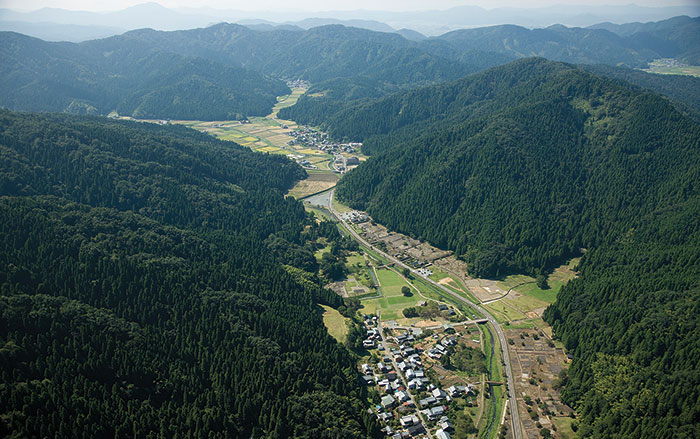
Digs & Discoveries March/April 2023
Weapons of Choice
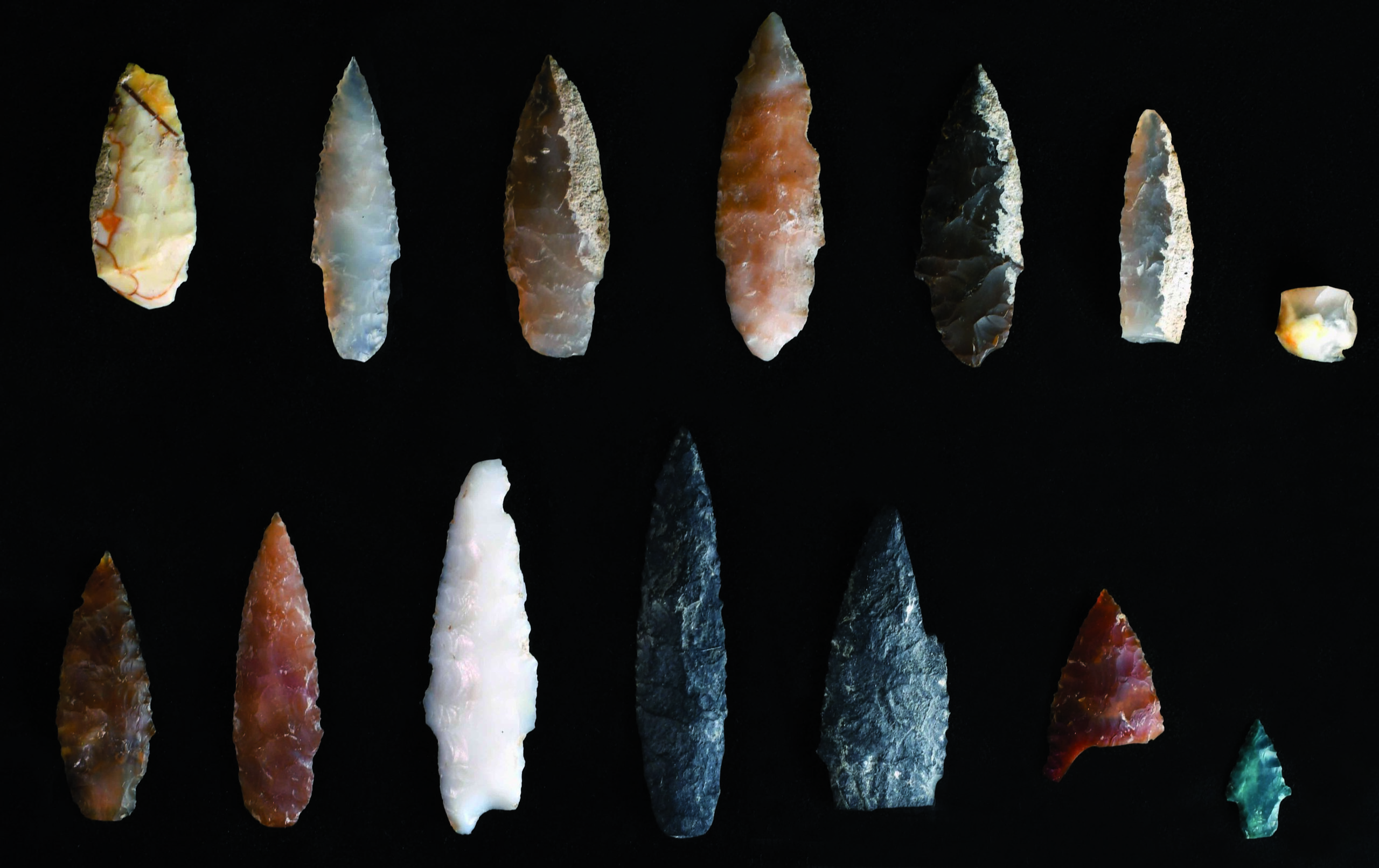
Digs & Discoveries January/February 2022
Japan's Genetic History
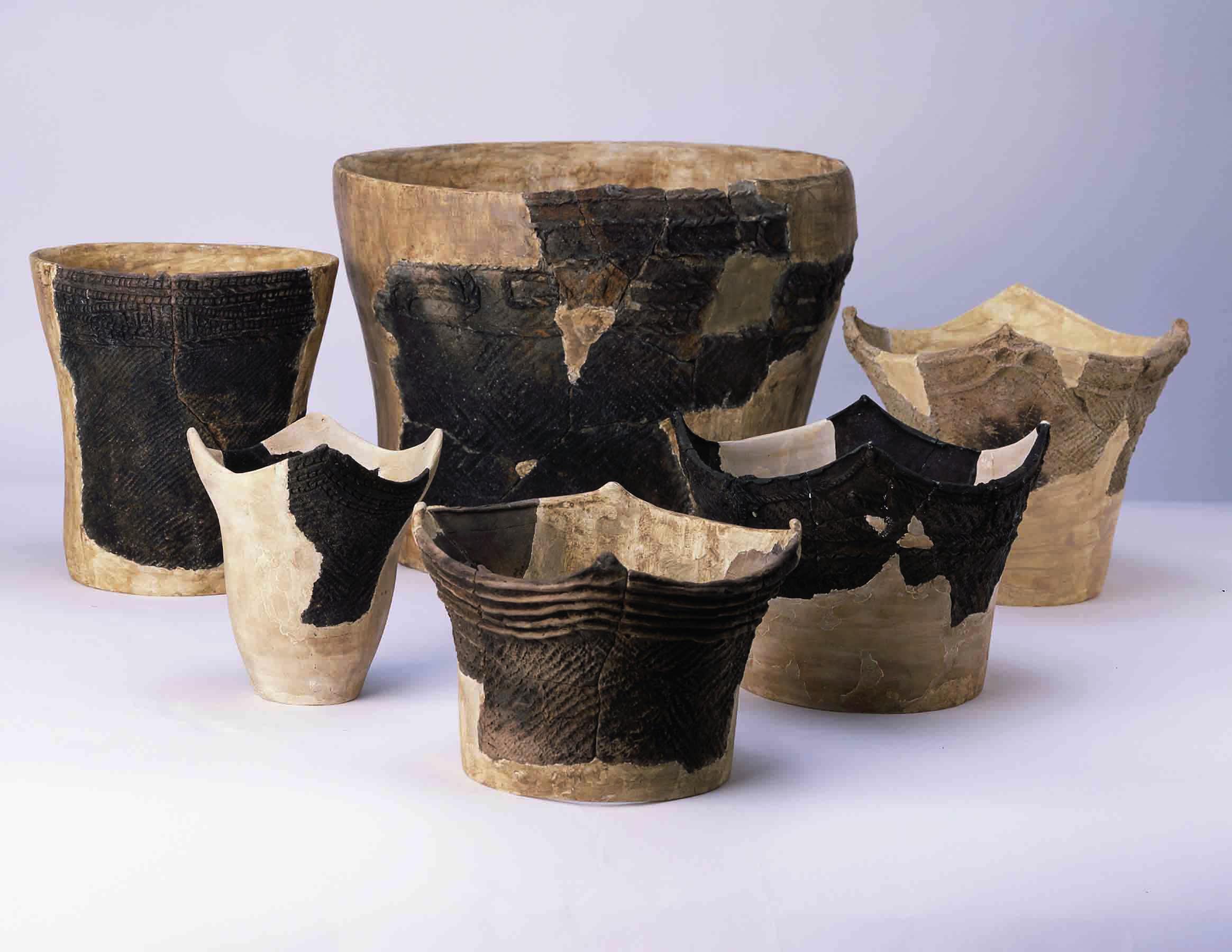
-
Features November/December 2017
Reading the White Shaman Mural
Paintings in a Texas canyon may depict mythic narratives that have endured for millennia
 (Chester Leeds, Courtesy Shumla)
(Chester Leeds, Courtesy Shumla) -
Letter From Singapore November/December 2017
The Lion City's Glorious Past
The founding mythology of this city-state was once thought to be pure fiction—ARCHAEOLOGY says otherwise
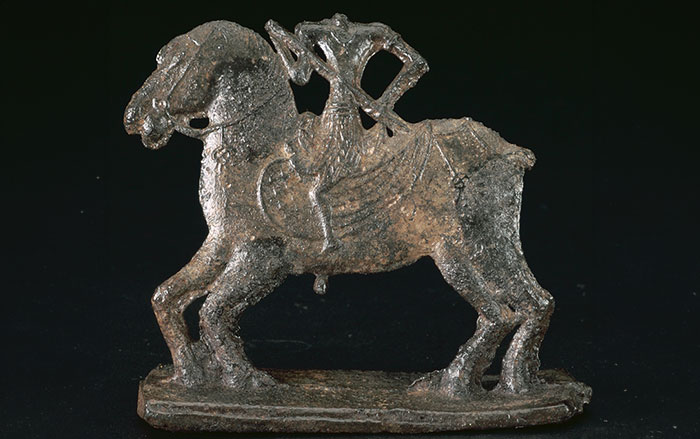 (Courtesy John Miksic)
(Courtesy John Miksic) -
Artifacts November/December 2017
Phoenician Mask Mold
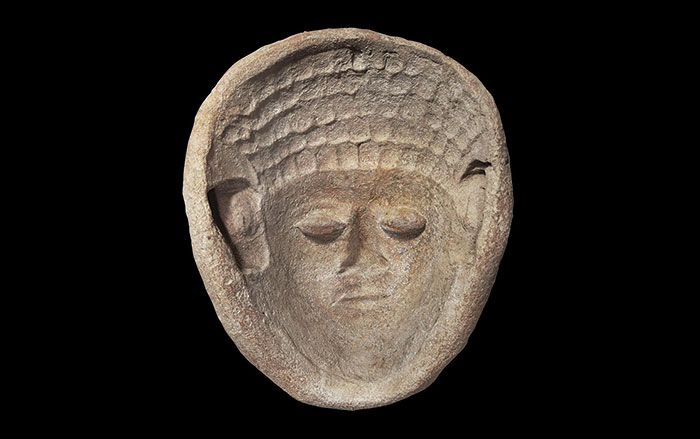 (Courtesy Michael Jasmin)
(Courtesy Michael Jasmin) -
Digs & Discoveries November/December 2017
The Hidden Stories of the York Gospel
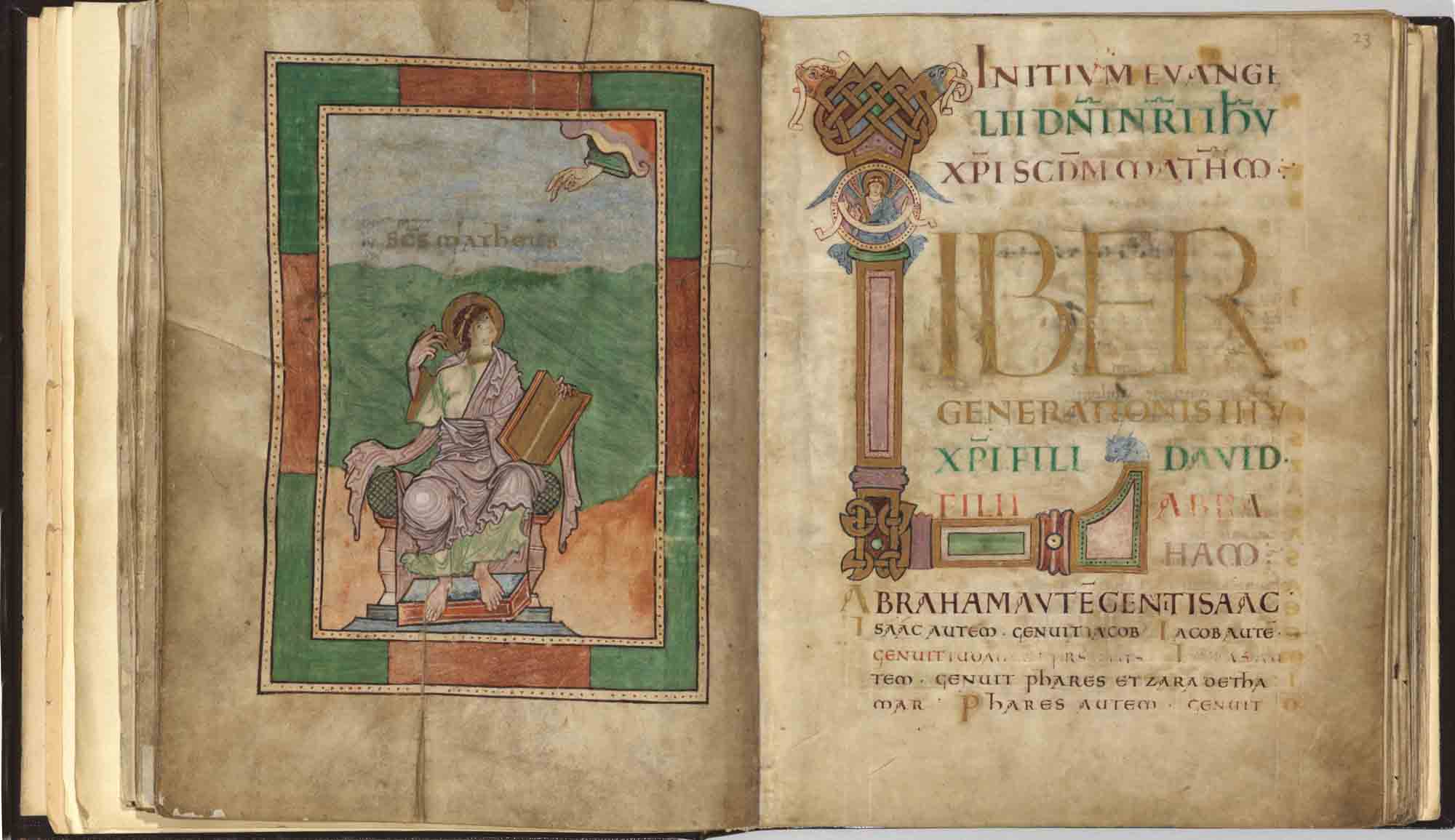 (© Chapter of York)
(© Chapter of York)


